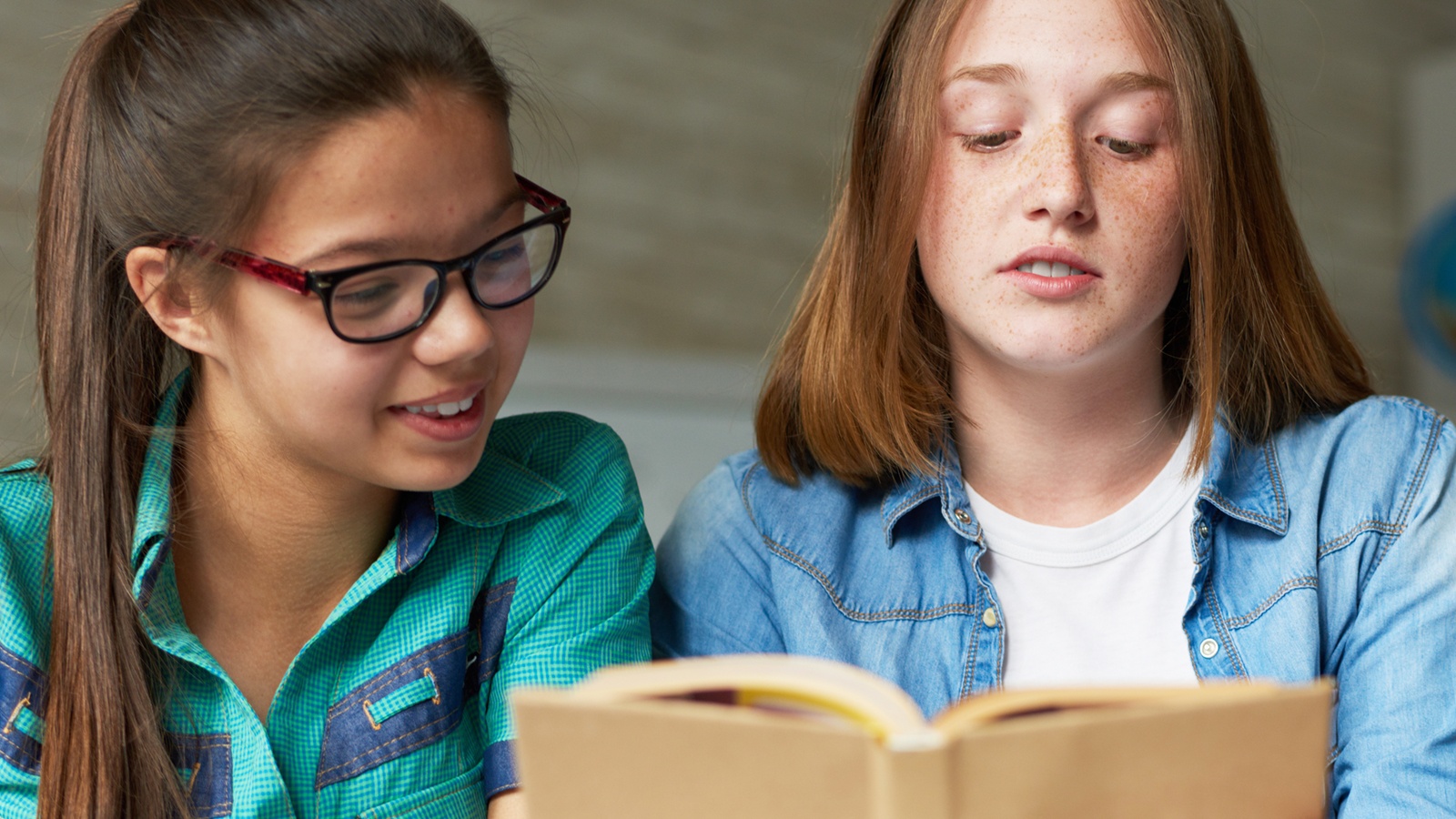
When I implement a novel study in social studies, there are a few activities that really work for me in terms of aiding student comprehension. I’ll go into what these strategies are, how to use them, and how they help. But first, a note about reading aloud.
The Benefits of Reading Aloud
I like to read chapters in one of two ways: either out loud, or having students read silently. I do not like to do the “popcorn reading” method, when you start with one student reading aloud, and then call on another after he or she is finished. Studies have shown that when teachers read aloud, students can listen to correct pronunciation of words and sentences, instead of guessing.
Now, here are some effective reading strategies that you can try with social studies novels:
1. Anticipation
This is a common strategy (as with the other strategies I will be describing), and a great way to create a connection between your students and a text. Come up with three to five statements that have to do with a concept or theme mentioned in the book. Usually, these statements should encourage students to form a strong opinion that the material will challenge. Next, discuss these statements and see if students agree or disagree with each, and why. After reading, go back to the statements and see if students’ opinions have changed as a result. Not only does this strategy help students make connections, but it will also activate background knowledge.
2. Grass versus roots
This strategy helps students question the text. As you read, have students come up with “grass” questions (ones whose answers can be found right in the book), and “root” questions (those whose answers are more complex and have to be inferred from the text). In this exercise, students closely read the text and demonstrate comprehension of what they read.
3. Double-entry journal
This strategy is one of my favorites and I use it almost every time we read. In their binders or notebooks, on the left side of the page, have students write “key events, ideas, quotes, or words from the reading” at the top. On the right side, have them write “my connections/reactions/predictions” at the top. As we read, I model how to use this journal. I pause after a certain number of paragraphs or passages and record what I perceive to be key events and ideas from the reading, and my reactions to them. Next, I ask for student input, and discuss what stuck out to them. I do this several times with students before I unleash them to work on their own. I like how this activity fosters close reading and it helps them connect with the text.
These reading strategies are not anything new, but they have been really successful within my classes. They have fostered great, in-depth discussions, and allowed students to follow and check their thinking. Plus, I know that my students are engaging with the novel, as well as thinking about issues that they normally would not think about if it hadn’t been for these reading strategies.
Get reading comprehension activities on-the-go with Active Classroom
Try a free 30-day trial today
Jessica Hayes has been teaching for five years. She completed a bachelors’ degree in Social Science Education at Auburn University in 2009, and a master’s degree in English Education from Jacksonville State University in 2014. Recently, she has received her Instructional Leadership certificate. In her work as a certified trainer for Active Classroom, she builds curriculum maps and trains educators on using the program. In her spare time, she loves reading and learning new technology/productivity skills.
References
I found templates for these activities to place in my students’ interactive notebooks from musingsfromthemiddleschool.blogspot.com.
